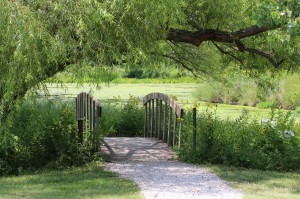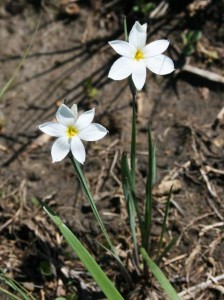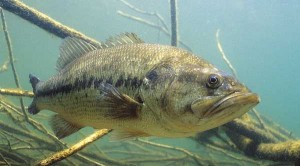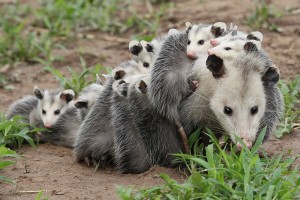Poachers hitting deer near Cedar Bluff Reservoir
By Molly Hadfield
Ksn.com
Deer hunting season doesn’t start until December, but that’s not stopping some poachers near Cedar Bluff Reservoir.
State wildlife officials found six deer off the highway near Cedar Bluff Reservoir, all killed by poachers in July.
“Well, the unusual part about it is that, in the middle of summer it’s just something that usually doesn’t happen. Occasionally in deer season you’ll have some issues with people shooting stuff, and taking parts and just leaving other parts, but with this it’s in the middle of summer and they haven’t taken anything,” said Owen Johnson, a Game Warden with the Kansas Department of Wildlife, Parks and Tourism.
The poachers didn’t take any meat or antlers from the deer.
“They’re just being shot and wasted. They’re not doing anything with them. They’re just driving by and shooting them and driving off and leaving them to waste there in the grass,” said Johnson.
Several of the deer were shot in this field. You can see the shine of their eyes at night. As people drive down the highway, it’s easy to shoot the deer from a truck.
“It only takes a few seconds to stop, roll your window down and shoot at one or two and keep going down the interstate. The whole act only takes fifteen to twenty seconds before the person’s going back down the road again,” Johnson said.
The worst part is that these deer are being killed in fields reserved for youth hunts. They are for kids to hunt with mentors who otherwise wouldn’t get the opportunity to go hunting.
“The fields are protected all year round from all other hunting. And then for someone to come along and just kill them and not do anything with them. They’re essentially taking away from those kids who are counting on that as a place to hunt,” said Johnson.
If you know anything about the deer poachers, you can report them anonymously to Operation Game Thief at 1-877-246-3843.
To see the video report from KSN News TV, go to:
http://ksn.com/2014/07/24/poachers-hitting-deer-near-cedar-bluff-reservoir/




